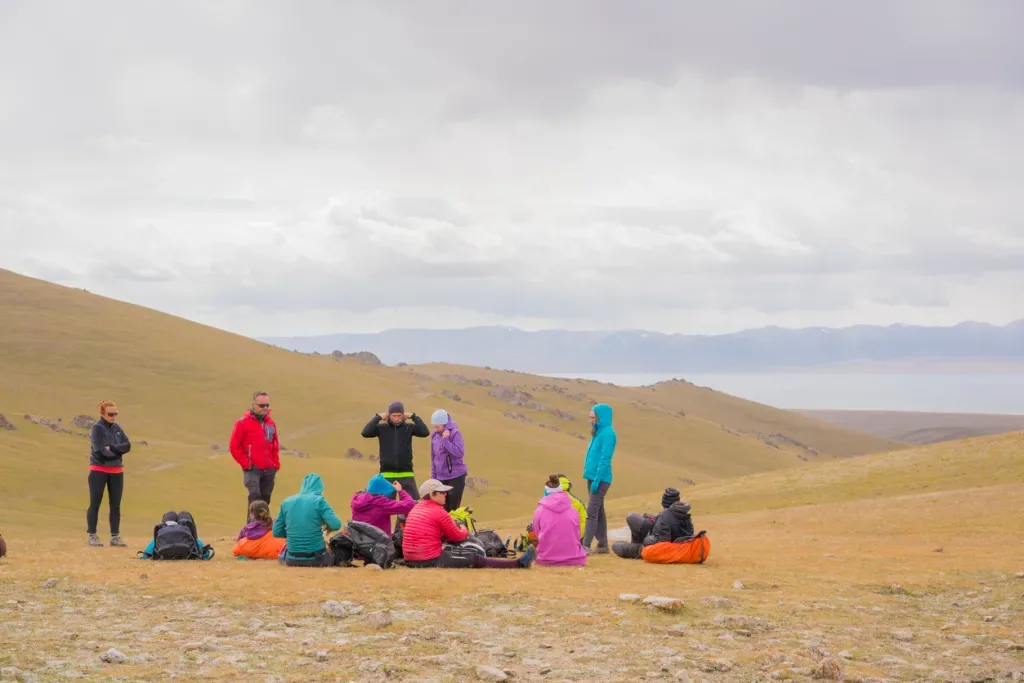In recent news, as reported by VT Digger on September 7th, 2023, the growing issue of homelessness has led a town to consider a radical solution: they may ban individuals from sleeping, standing, or sitting on public land.
This move has sparked considerable debate on both its ethical implications and practicality.
The State of Homelessness
First, it’s crucial to understand the context of this issue. Homelessness is not a new problem.
For years, cities and towns across the country have grappled with finding practical solutions to help those without permanent shelter. The reasons for homelessness are varied and complex, ranging from economic hardships and job losses to mental health challenges and family breakdowns.
However, in recent years, the problem seems to have intensified.
The cost of living continues to rise, outpacing wage growth, and many find it increasingly difficult to make ends meet. This precarious economic situation has forced some to seek refuge on the streets, in cars, or in temporary shelters.

The Proposed Ban: What It Means
One town (Canaan, Vermont) has proposed an unprecedented ban in response to the increasing visibility of homeless individuals on public lands. This rule would prohibit individuals from sleeping, sitting, or even standing on public property.
As proposed by some officials, the reasoning behind such a decision is to maintain the cleanliness and safety of public spaces and deter the formation of homeless encampments.
It’s worth noting that the proposed ban does not offer any alternatives or solutions for those affected. If passed, it would essentially force homeless individuals to move elsewhere or risk facing penalties.
Criticisms and Concerns
This potential ban has not gone unnoticed or without criticism. Many are questioning the ethics and humanity of such a rule. Here are some common concerns:
- Lack of Compassion: Critics argue that the ban is a punitive approach that fails to address the root causes of homelessness. Instead of helping, it further marginalizes a vulnerable population.
- Practicality: Enforcing this ban requires increased patrolling and law enforcement resources. Would this be a good use of the town’s budget, especially when those funds could go towards more sustainable solutions?
- Shifting the Problem: The issue isn’t resolved by merely pushing the homeless out of one area. It’s merely shifted elsewhere. There’s a need for comprehensive solutions that address the underlying causes of homelessness.
- Violation of Rights: Some argue that this ban may infringe on the basic rights of individuals. Public lands are meant for everyone, and restricting access based on one’s housing status raises ethical and legal questions.
Possible Alternatives
There are numerous ways towns and cities can address the issue of homelessness that don’t involve restrictive bans:
- Invest in Affordable Housing: Providing affordable housing options can significantly reduce the number of homeless individuals. This requires a joint effort from local governments, businesses, and community organizations.
- Strengthen Social Services: Enhancing social services, especially mental health care and addiction treatment, can help those struggling to find stable living situations.
- Job Training Programs: Economic hardships are a significant cause of homelessness. Offering job training programs can equip individuals with the skills they need to find stable employment.
- Engage the Community: Communities can play a significant role in finding solutions. Hosting forums, discussions, and workshops can foster understanding and develop actionable strategies.

To Sit or Stand on Public Land
While the proposed ban on sleeping, standing, or sitting on public lands may seem like a solution to the visible problem of homelessness, it’s a surface-level response to a deeper issue.
Addressing homelessness requires compassion, understanding, and a commitment to holistic solutions. The question remains: Will this town choose a path of inclusion and support, or one of exclusion and displacement?
Only time will tell.